
In what ways do communal hair care rituals convey historical narratives and cultural meaning?
Communal hair care rituals transmit historical narratives and cultural meaning through shared practices, embodying the enduring heritage of textured hair.

How does communal hair care strengthen Black identity?
Communal hair care solidifies Black identity by preserving ancestral practices, fostering intergenerational bonds, and affirming a distinct textured hair heritage.
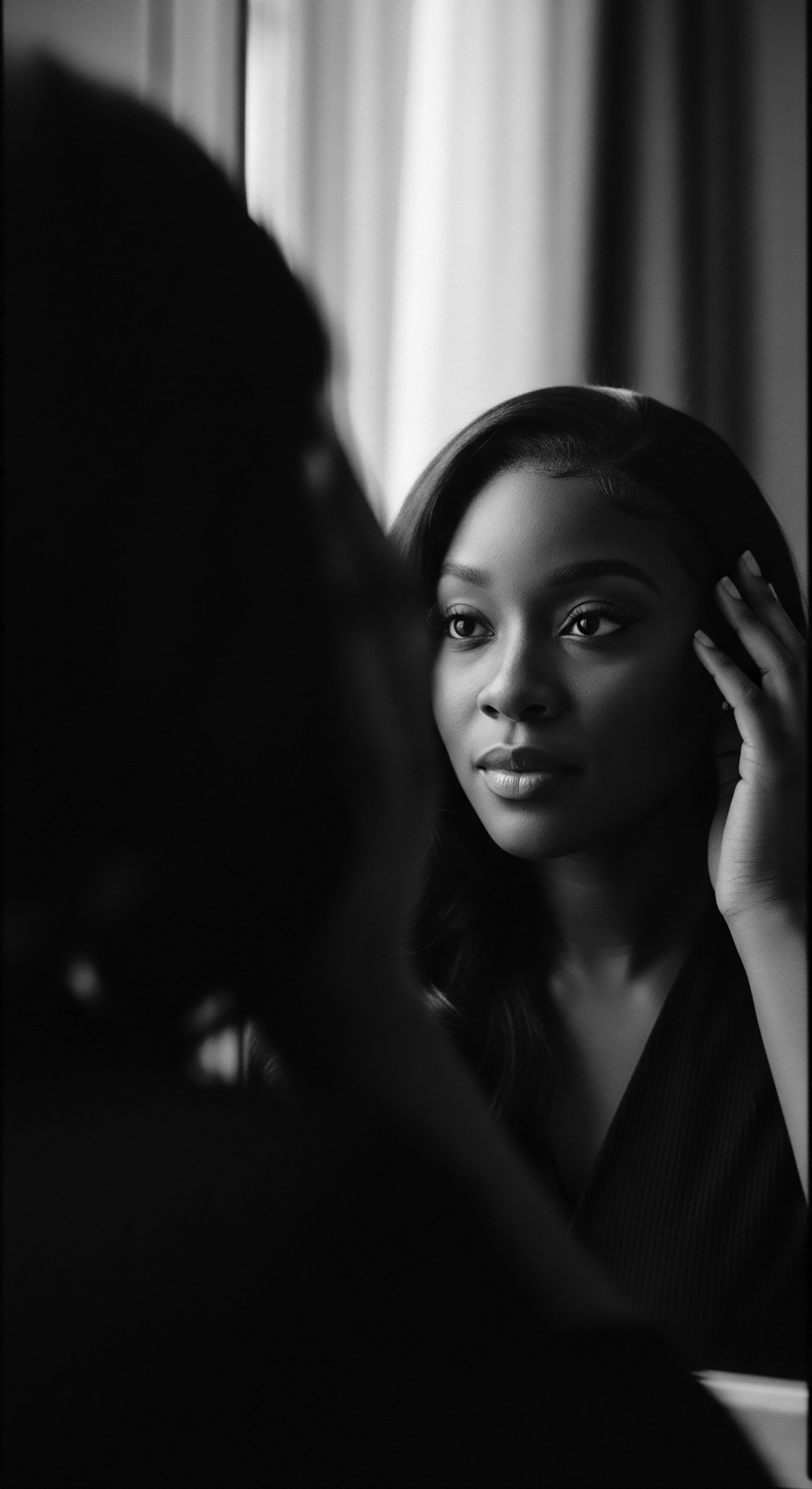
Personal Empowerment
Meaning ❉ Personal empowerment is the deep, heritage-informed capacity to claim agency, define self-worth, and shape one's life, especially through textured hair traditions.

How did ancient cultures prepare hair clays?
Ancient cultures prepared hair clays by grinding natural minerals and blending them with oils or botanicals for cleansing, styling, and symbolic adornment.

What ancestral meanings do head coverings hold for Black women?
Head coverings for Black women carry ancestral meanings of protection, identity, and defiance, deeply rooted in textured hair heritage.
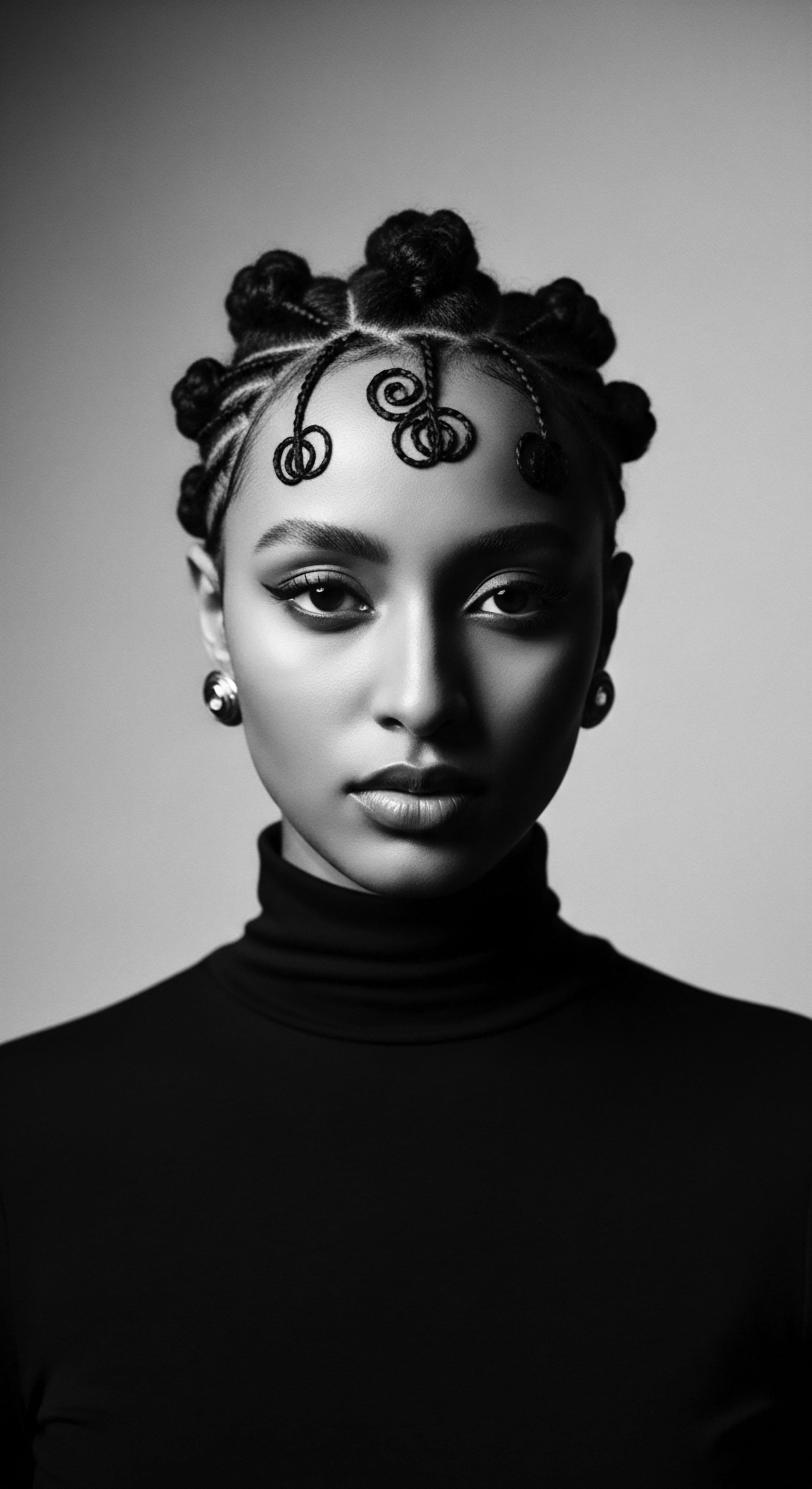
What ingredients did traditional African communities use for hair health?
Traditional African communities used plant-derived oils, butters, and herbs, applied through intricate rituals that celebrated textured hair heritage.

What historical plant butters shaped African hair care?
Historical African plant butters offered essential moisture and protection for textured hair, embodying centuries of ancestral care and cultural legacy.

How does the preservation of traditional hair practices contribute to Black cultural resilience?
The preservation of traditional hair practices strengthens Black cultural resilience by connecting generations to their ancestral heritage, defying erasure, and affirming identity.

What ancestral uses of shea butter shaped hair practices?
Ancestral uses of shea butter profoundly shaped textured hair practices by offering deep moisture, protection, and aiding in culturally significant styling and communal rituals.

What historical meanings did braided styles convey in Africa?
Braided styles in Africa conveyed social standing, age, marital status, tribal ties, and spiritual connections, deeply rooting them in textured hair heritage.

How do ancestral practices guard textured hair?
Ancestral practices guard textured hair by emphasizing protective styling, natural emollients, and holistic wellness, deeply rooted in heritage.
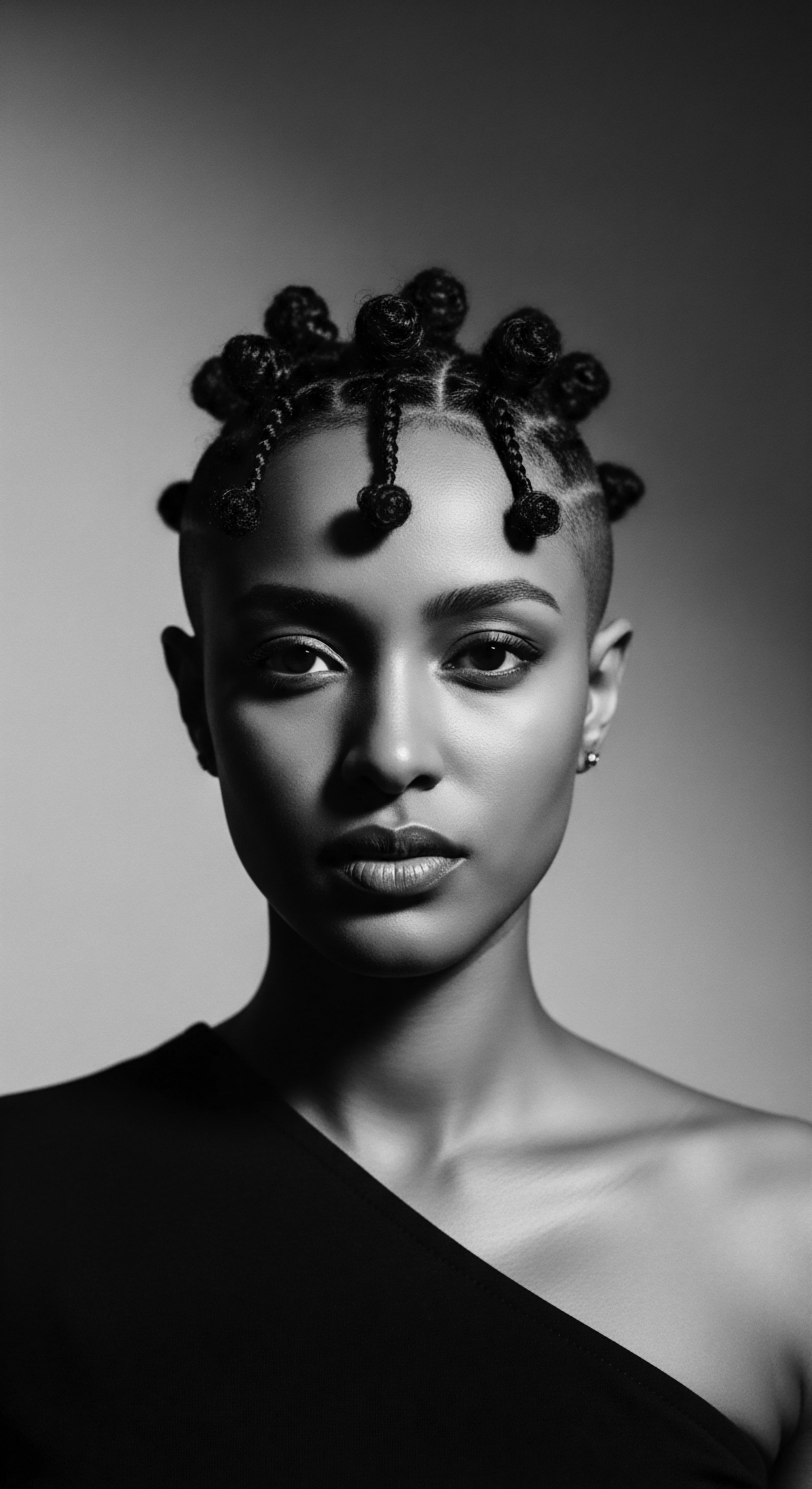
How did textured hair become resistance?
Textured hair became resistance by embodying deep cultural heritage and self-affirmation against centuries of colonial suppression and Eurocentric beauty norms.

How does cultural heritage influence heat styling choices for textured hair?
Cultural heritage profoundly guides heat styling choices for textured hair, reflecting historical adaptations and deep community wisdom.
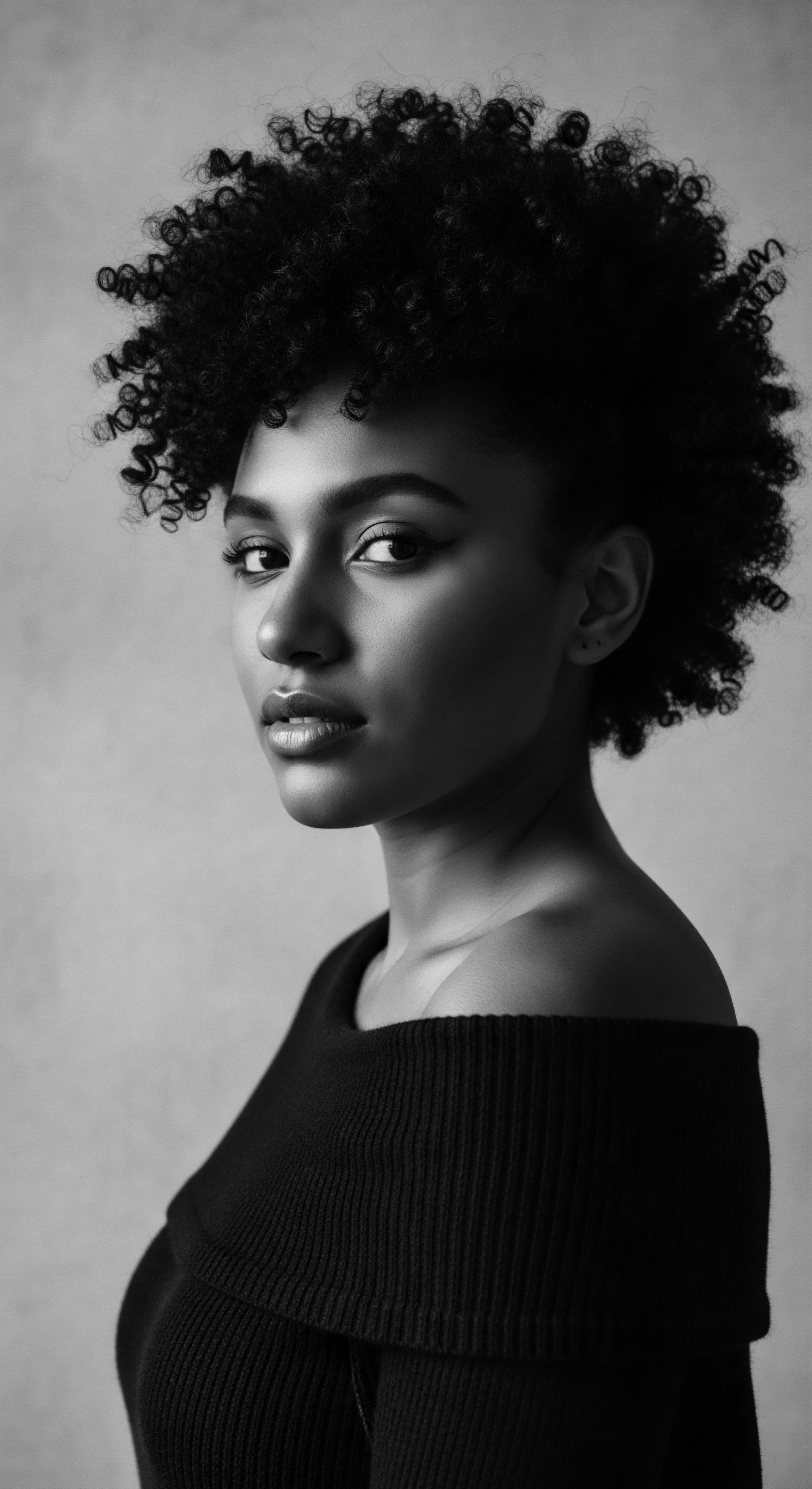
Afro-Diasporic Foodways
Meaning ❉ Afro-Diasporic Foodways encompass the culinary, agricultural, and cultural food traditions of African descendants, profoundly shaping hair heritage through ancestral nutrition and care.

What are the benefits of oils on textured hair?
Oils strengthen textured hair by sealing moisture and protecting strands, a practice deeply rooted in Black and mixed-race hair heritage.

How does historical hair care shape current practices?
Historical hair care, deeply rooted in ancestral practices, continues to shape current routines by influencing product choices and styling traditions.

In what ways did historical hair practices reflect cultural identity and survival?
Historical textured hair practices served as profound expressions of cultural identity and ingenious tools for survival, deeply embedded in ancestral heritage.

What is the historical basis for hair discrimination laws?
Hair discrimination laws stem from centuries of systemic racism, designed to control and suppress textured hair as a visible aspect of Black heritage and identity.

How did textured hair become a symbol of defiance and collective identity during challenging times?
Textured hair transformed into a symbol of defiance by embodying cultural heritage and collective identity, challenging oppressive norms.

What cultural significance do specific hair care plants hold for Black communities?
Specific hair care plants embody a rich heritage for Black communities, offering tailored nourishment and symbolizing deep cultural connection for textured hair.

What historical ingredients shaped textured hair cleansing today?
Historical ingredients like African Black Soap and natural clays shaped textured hair cleansing by embodying deep ancestral heritage and holistic care principles.

How does shea butter’s economic role empower women and communities in Africa?
Shea butter provides significant economic opportunities for women in Africa, directly supporting communities and preserving **textured hair heritage** through generations.

What traditional African ingredients support hair moisture?
Traditional African ingredients like shea butter and Chebe powder deeply moisturize textured hair, rooted in ancestral practices for resilience and pride.
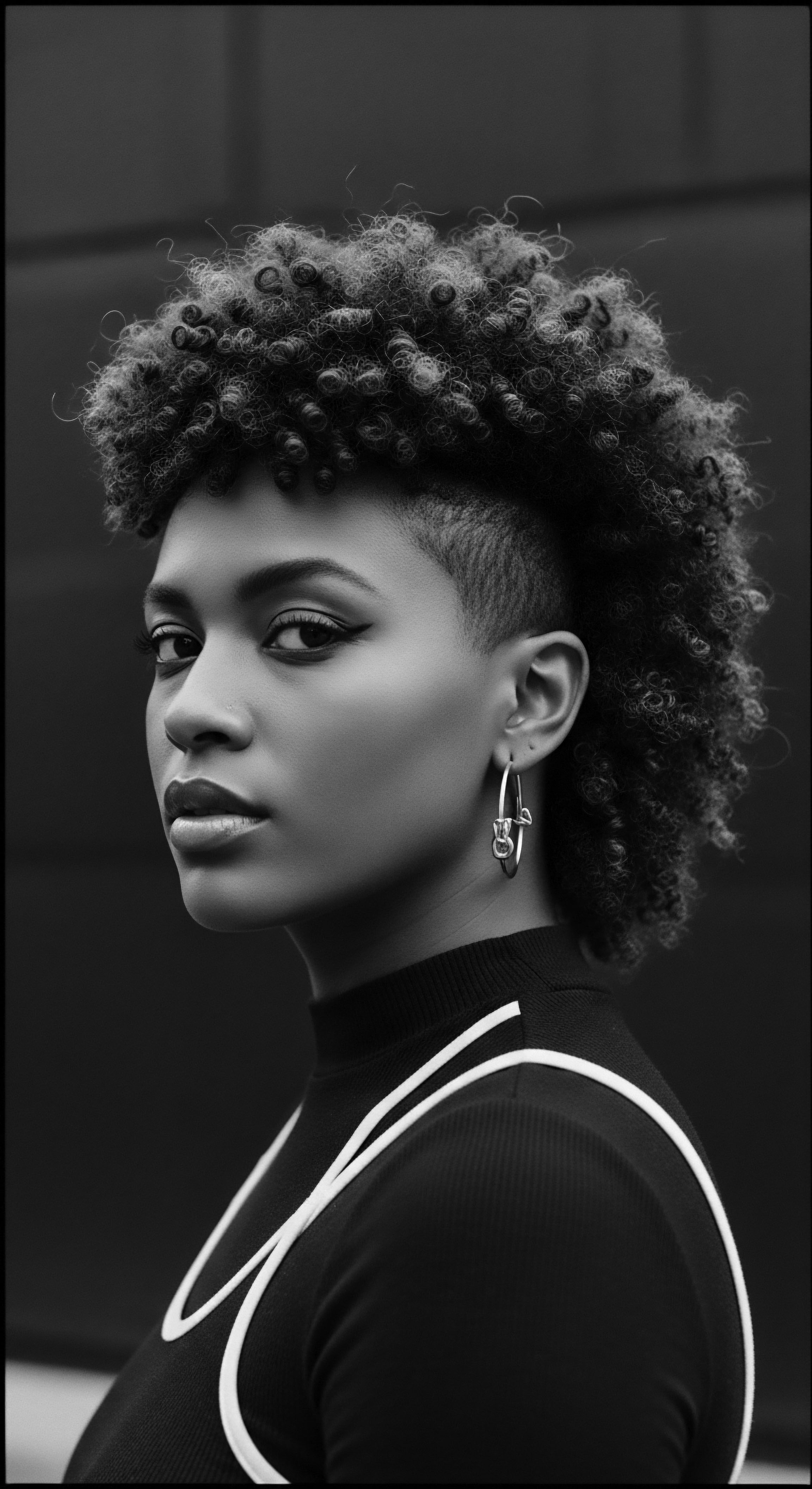
How did communal hair care traditions connect with shea butter?
Communal hair care traditions connected with shea butter by fostering intergenerational wisdom, social cohesion, and economic empowerment, enriching textured hair heritage.

What traditional African plants cleanse hair?
Traditional African plants like Black Soap, Rhassoul Clay, Aloe Vera, and Hibiscus gently cleanse textured hair, honoring ancestral wisdom.

